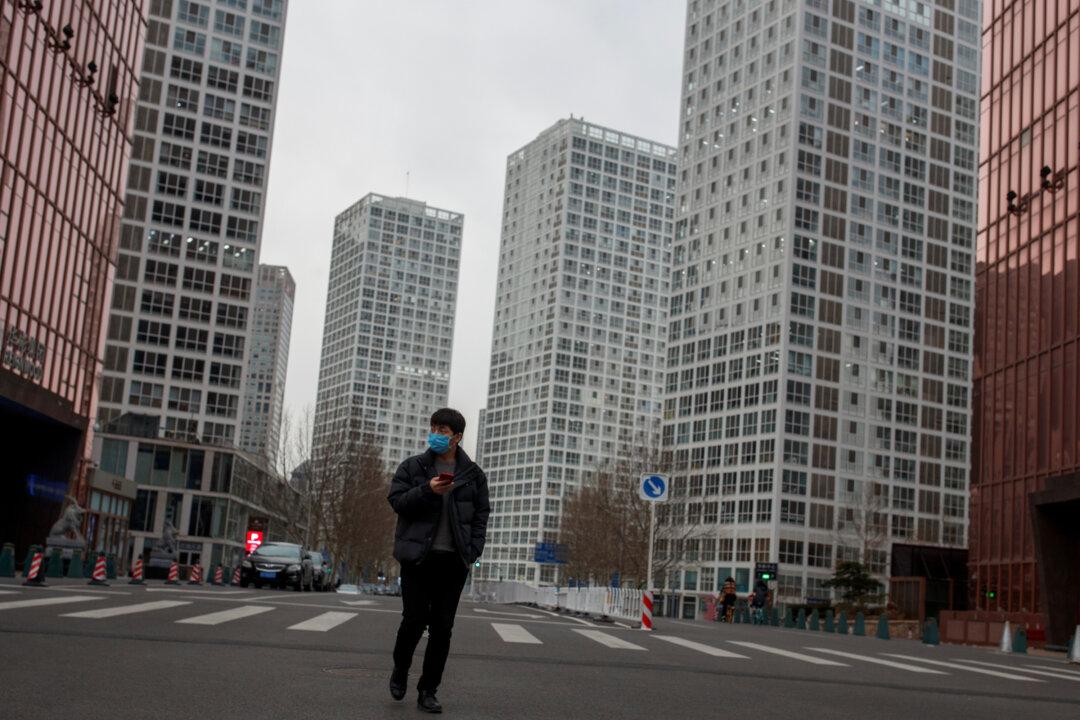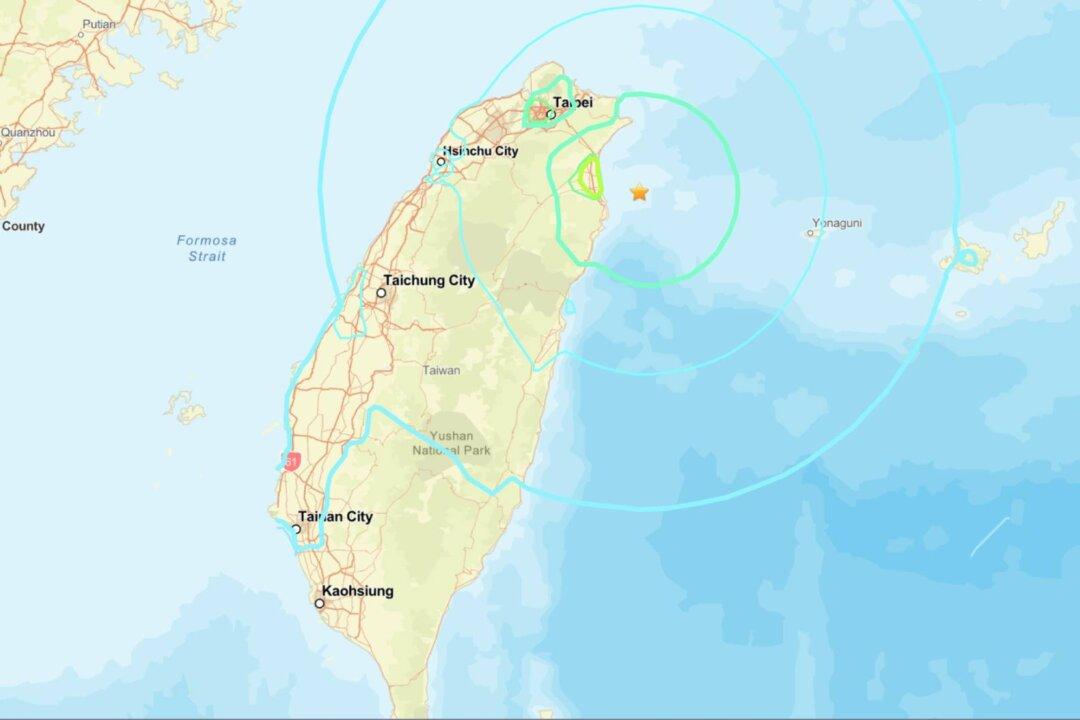The coronavirus likely halved China’s economic growth in the current quarter compared with the previous three months, more severe than thought just three weeks ago and triggering expectations for earlier interest rate cuts, a Reuters poll found.
So far, the virus outbreak has spread from China to more than 80 countries. It has also doused expectations for a global economic rebound and triggered an unscheduled U.S. interest rate cut this week, the biggest since the global financial crisis.





